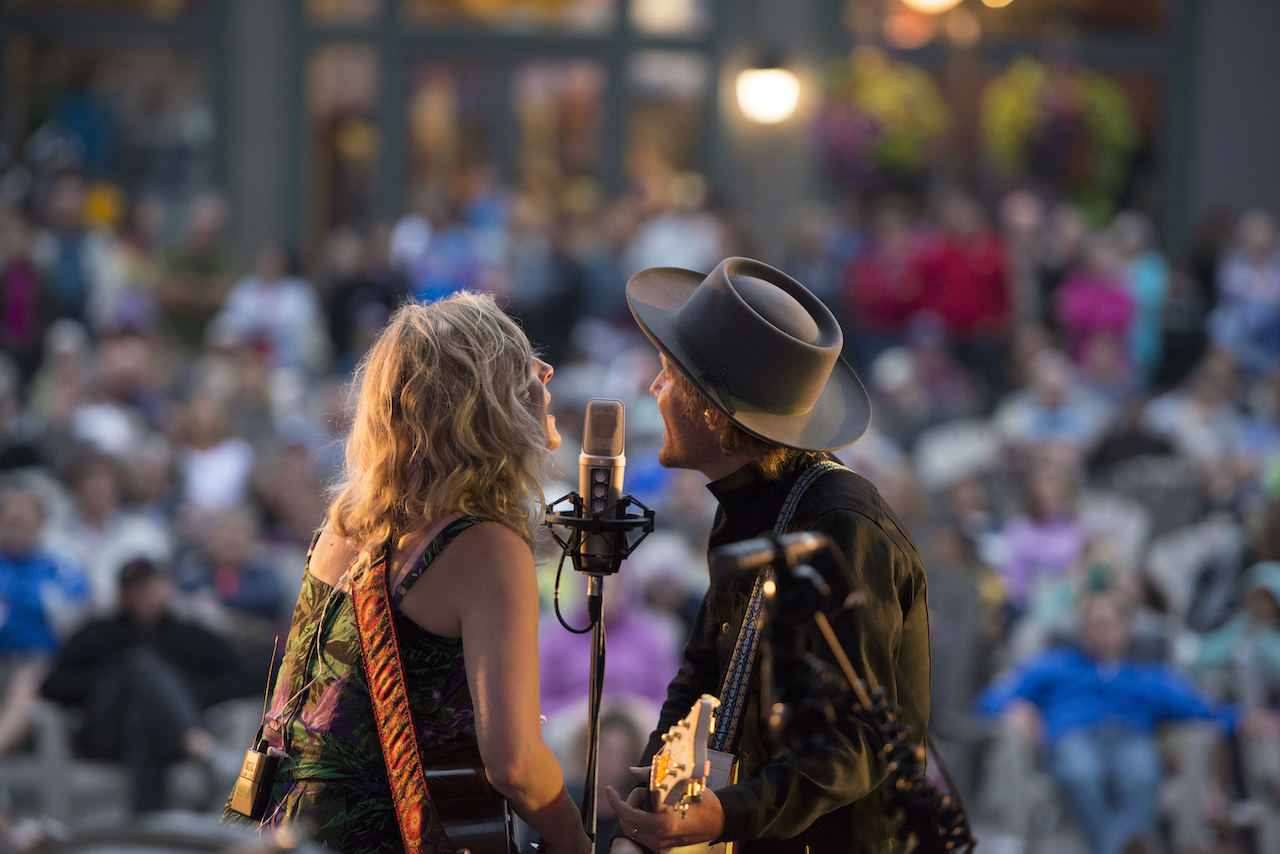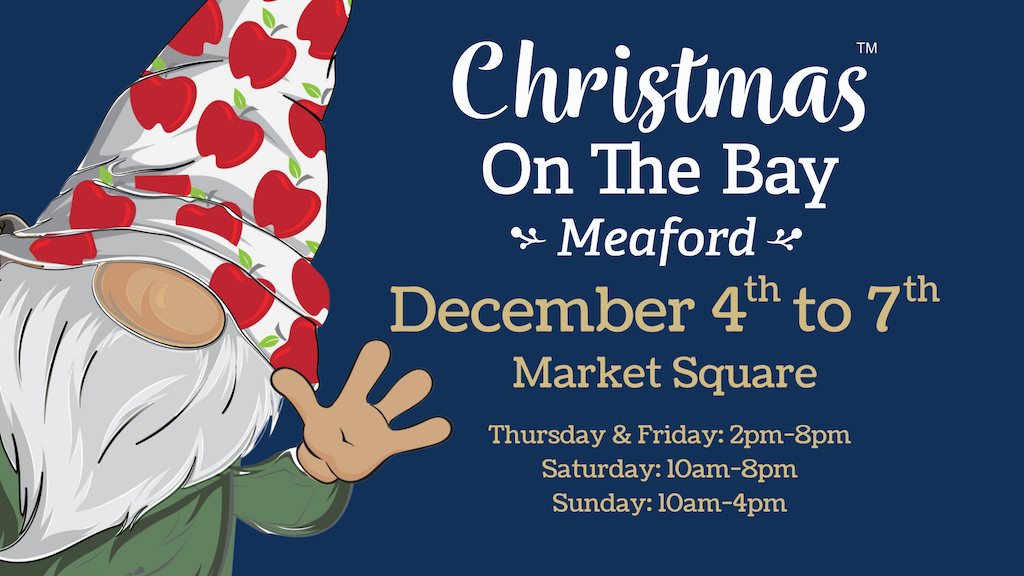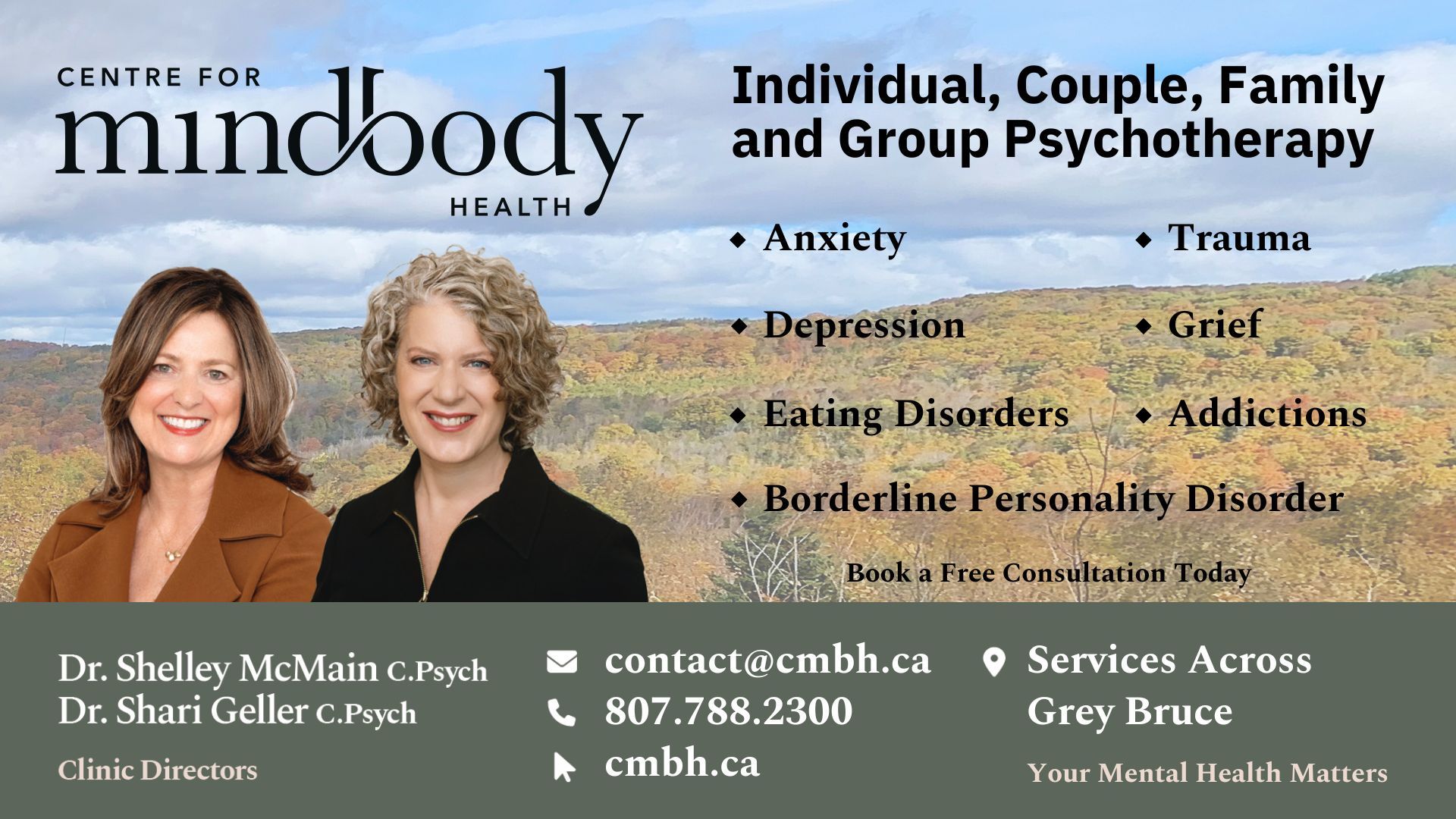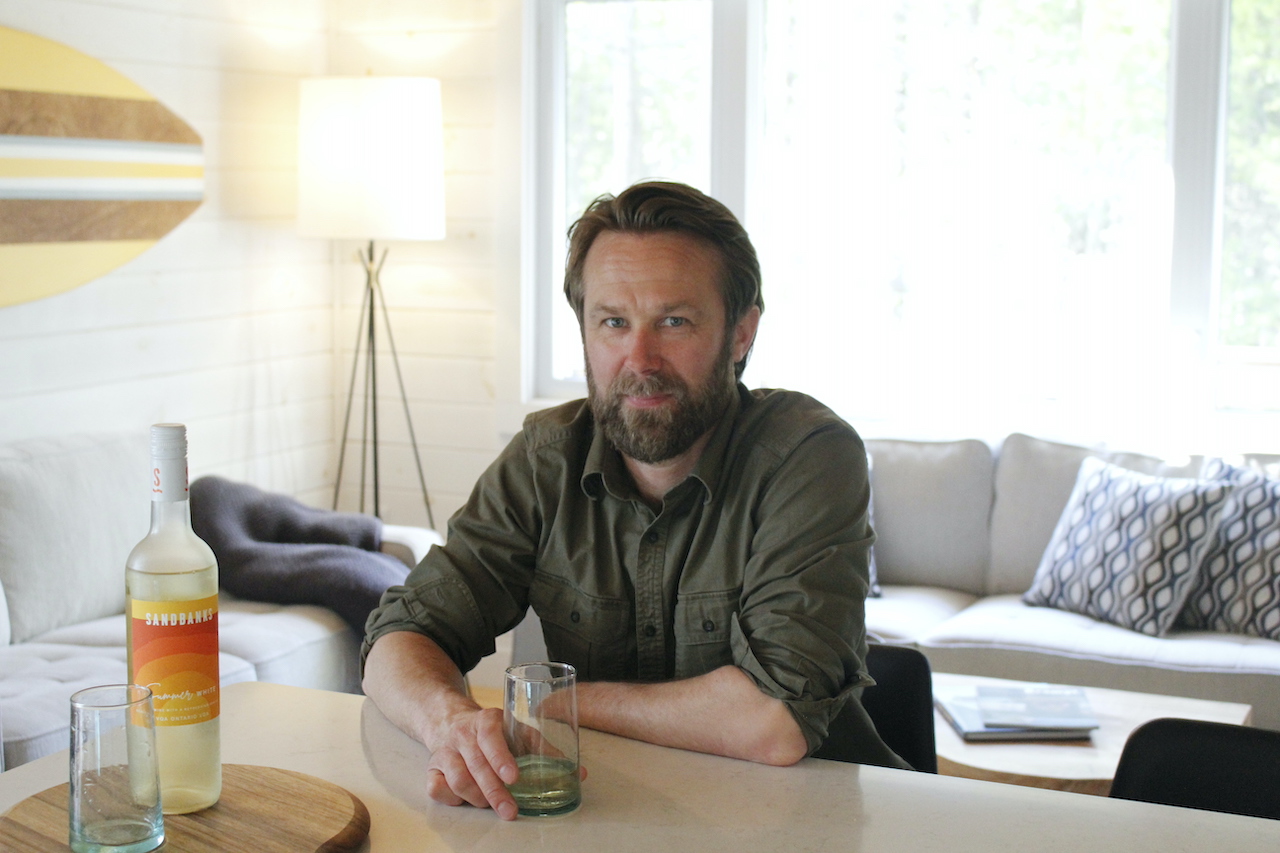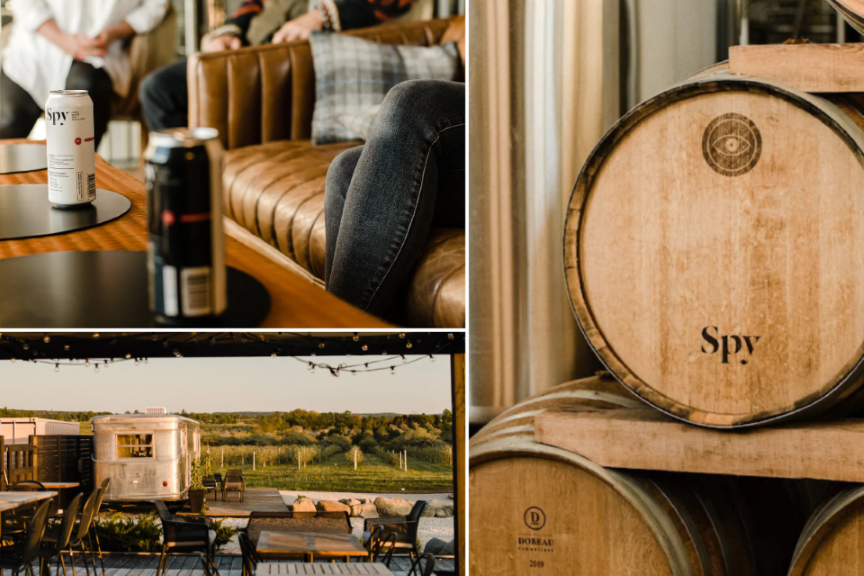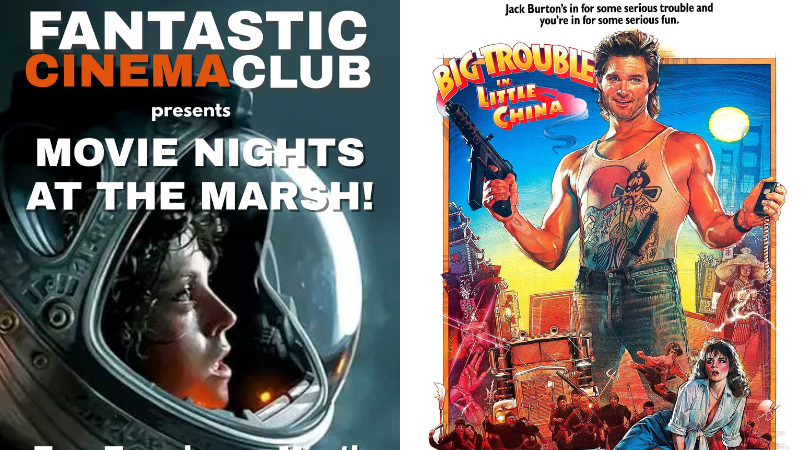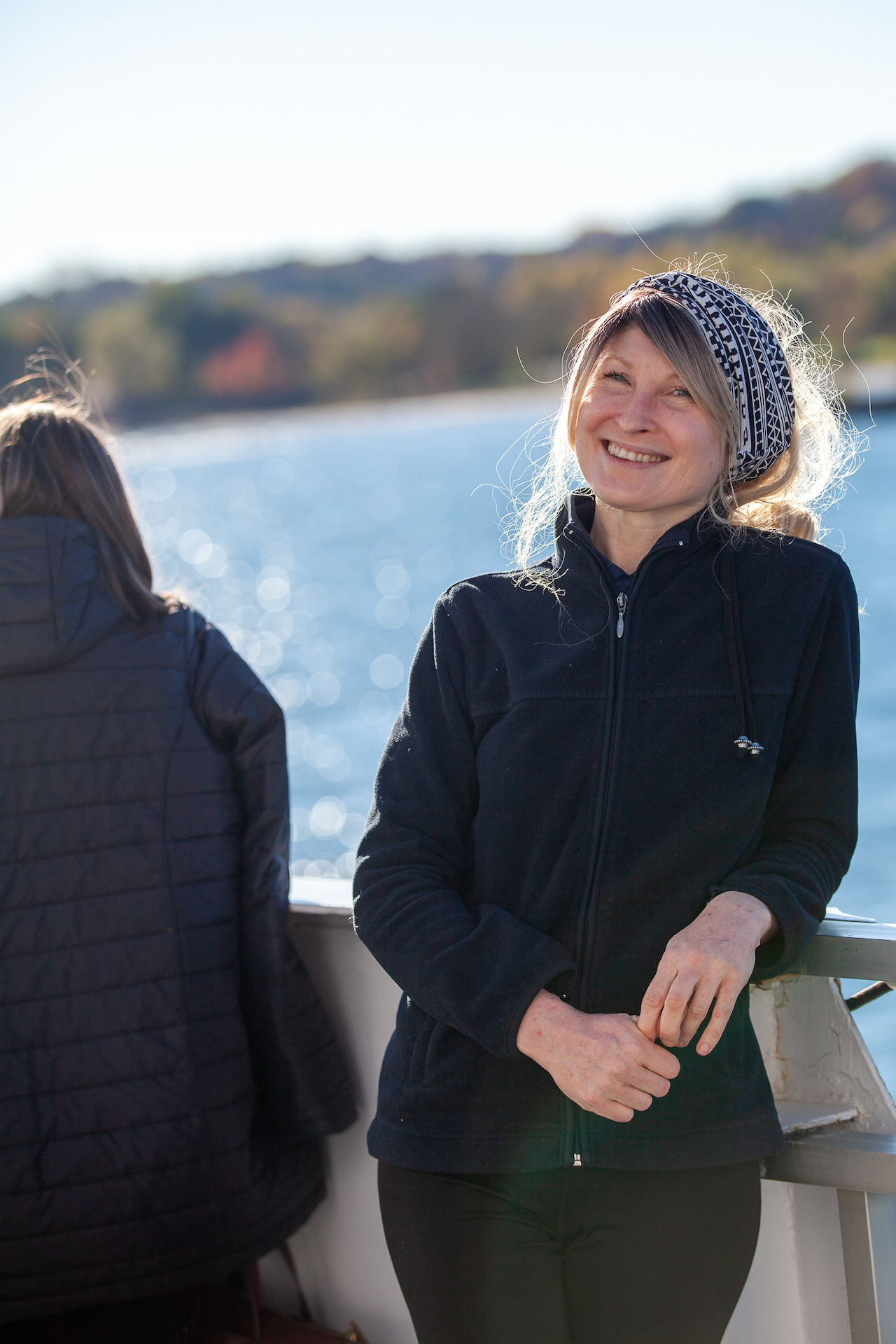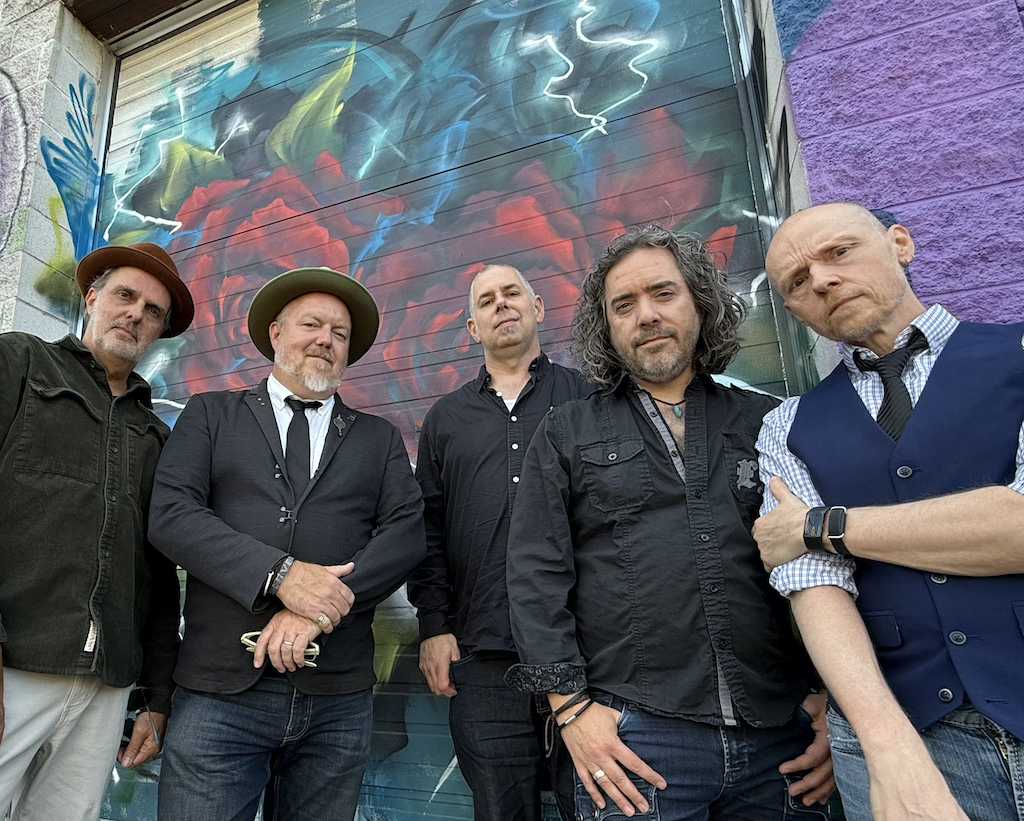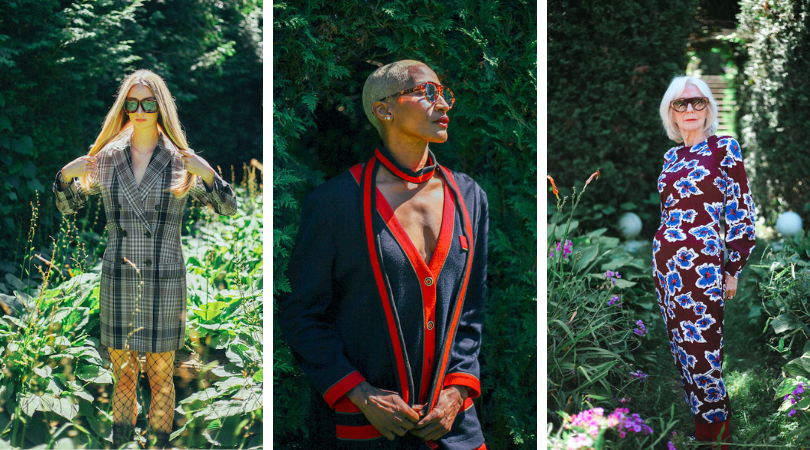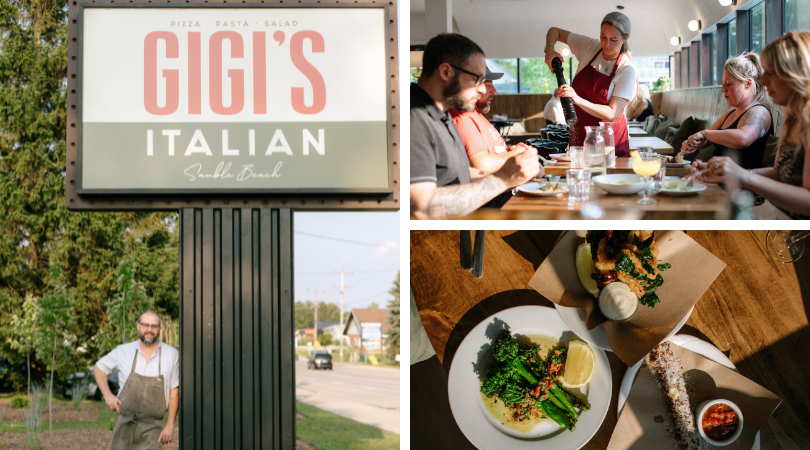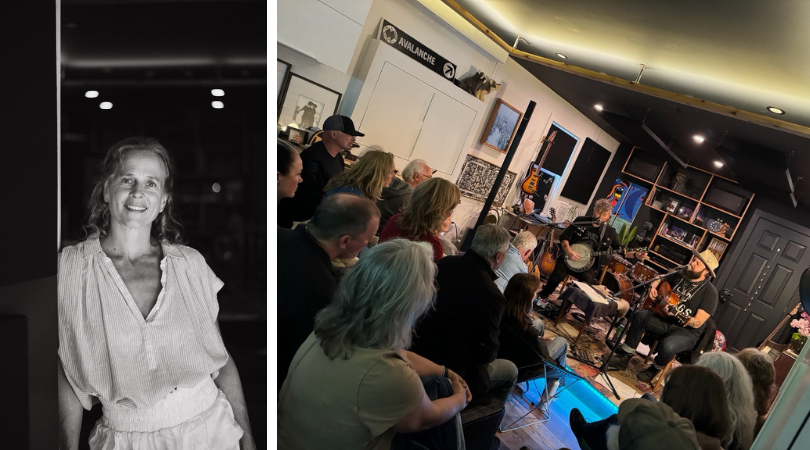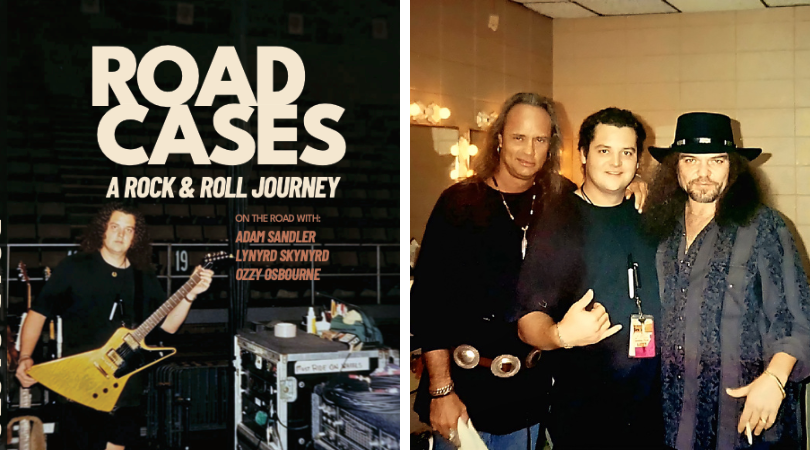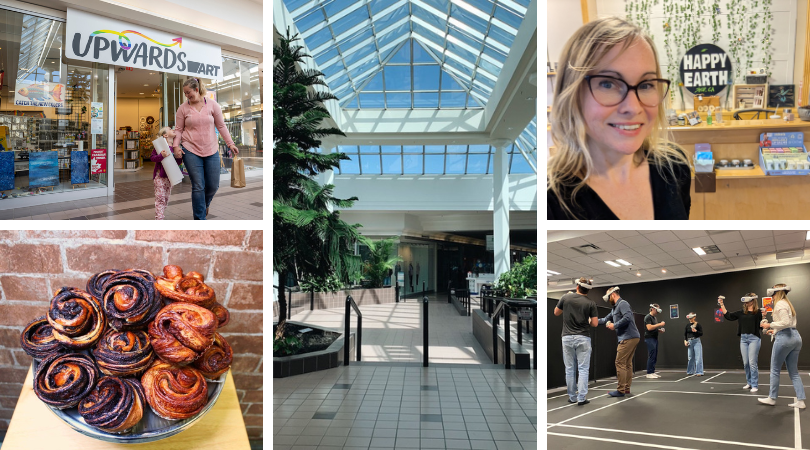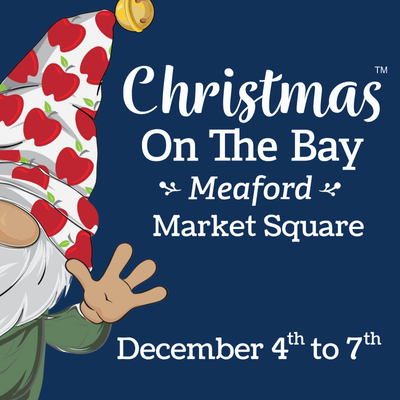Surely you’ve heard the term ‘starving artist’ before and pictured a stylishly disheveled rambler walking the streets in the cold, going from venue to venue, fed by nothing other than the adoration of their small, but loyal group of loving fans and cups of diner coffee.
To burst your bubble, this Norman Rockwell depiction of a soon-to-be discovered folk star doesn’t really exist nowadays. Trade the ciggies for a vape habit and the wandering for a low level marketing career and you’ve got yourself the modern day ‘starving artist.’
Music won’t make you financially rich.
Forget the beach houses for distant family members and extravagant tour buses; those seeking financial wellbeing don’t turn to music for a quick profit. There’s another kind of wealth that comes from music, the kind that rebels against every business instinct being force fed to consumers of the North American dream. It’s the kind you can’t put a price tag on: fulfillment.
Joy, connection, performance and the rest of the je ne sais quois that accompanies artistry is the driving force behind the parts of today’s music industry that matter. Forget labels, content creators, expensive promoters, and the array of other professionals who make a living on the artist. I’m talking about the people who create opportunities, the reason that your town square hosts a bi-monthly singer-songwriter you’ve never heard of, the effort behind the music festival tucked away in the woods where your favourite artists play, or the solution to a band’s rent cheque for the month. There are folks working hard to make these opportunities a reality for artists, and they are just as much in the trenches as the musicians they create opportunities for.
As a musician, I wanted to dig into what exactly it is that keeps the wheels turning for many artists; so I decided to speak to the people whose daily efforts do just that. To gather the insights from artistic directors, venue runners and talent buyers, I compiled a list of prominent figures in the local music scene to speak to.
Greg Botrell: Heartwood Hall, Patti Kendal: The Blue Mountain Village Association, Ariana Dalie and Craig Smith: Four Winds Music Festival, Jen Wright: The City of Owen Sound, and Jaret Koop: Summerfolk Music Festival.

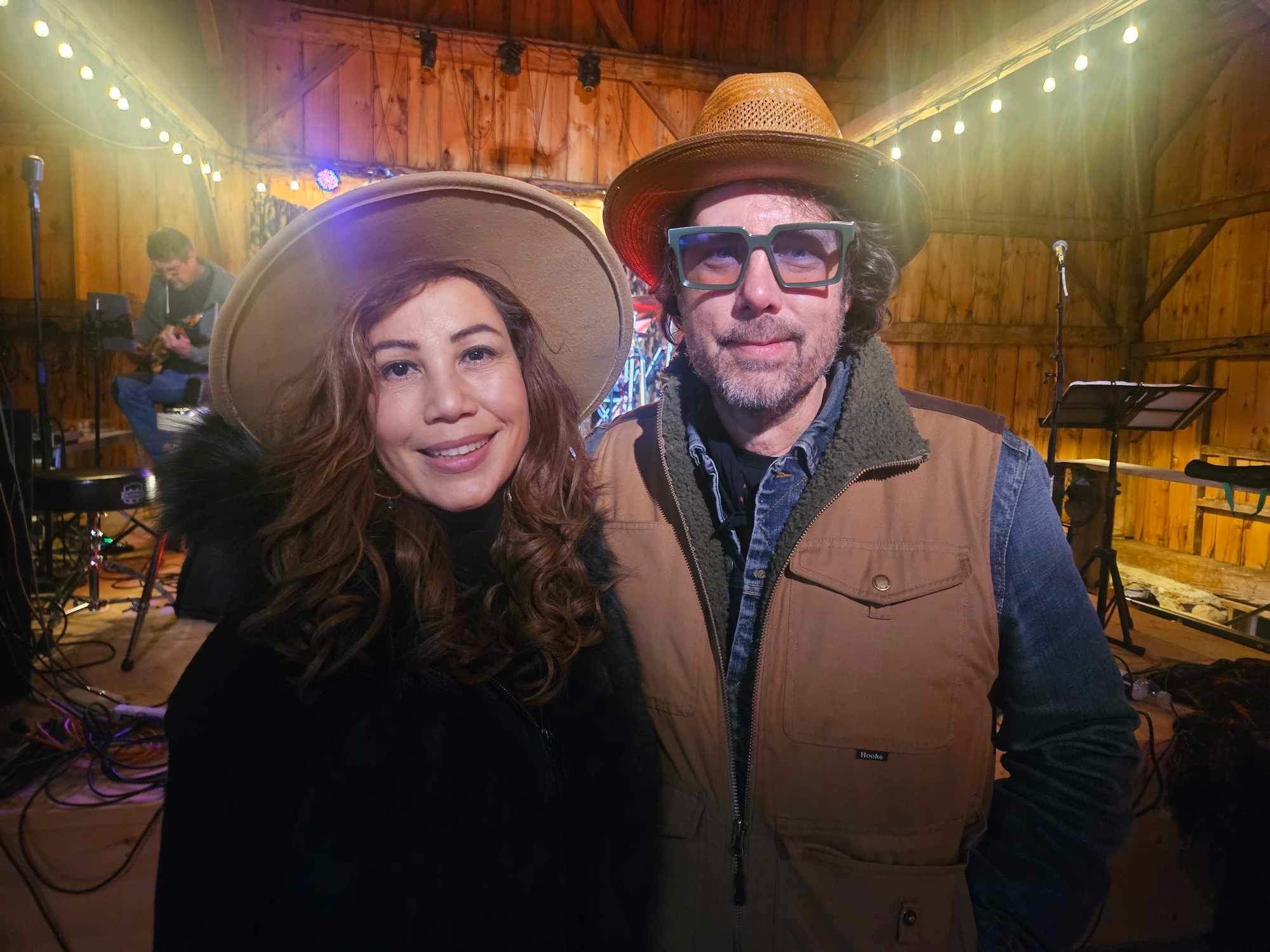
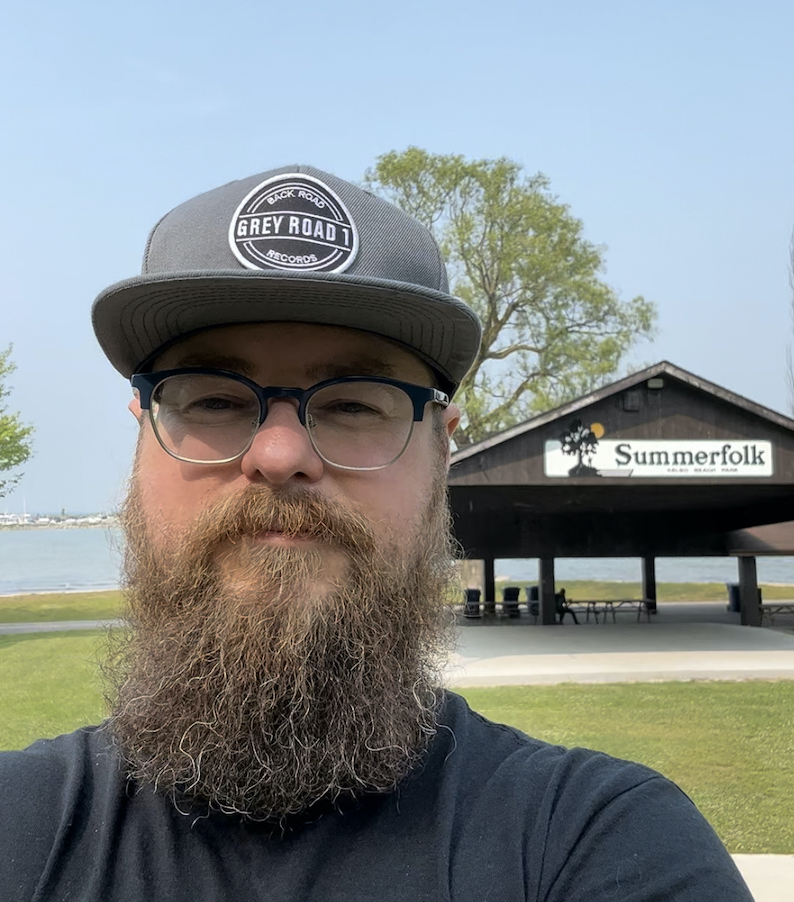
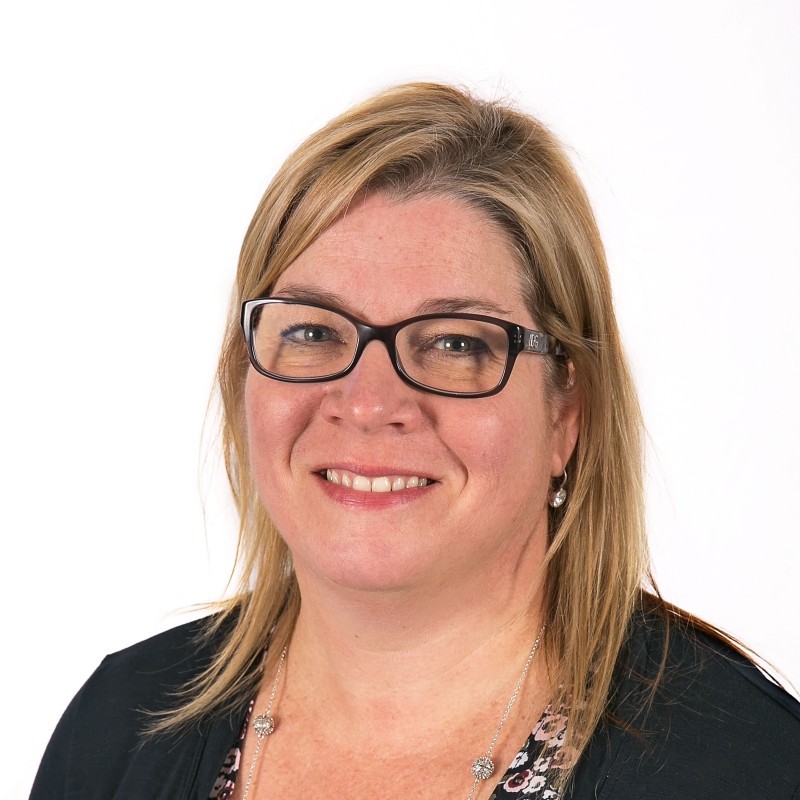
My hope in speaking to this group of industry pros is to paint a picture of what it currently looks like to host local live music, to ask “why is this important?” and “how do we help it to grow?”
Life as a musician is difficult, but in reality, venues, festivals and artists are on a much more similar playing field than you may think. They both seek similar funding, rely on fan engagement and, at the end of the day, they each do what they do because they love music.
Since the shutdowns of 2020, everything changed. Apart from mass venue closures, the insatiable profiteering carried out by developers and an overall change of “vibe” in the music world; we lost a lot of great artists. A ton of singer-songwriters who had been weaving a careful web of show dates while balancing on the tightrope that carried them between tours and the elusive Factor grant, ended up pulling out of the game when they weren’t able to keep playing shows.
Jen Wright, Events Coordinator at The City of Owen Sound, notes, “a few musicians were forced to find other ways to support themselves” and that “[for them] music took a back seat”. Patti Kendal of the BMVA says, “we noticed a significant loss of female artists post-Covid, many who dropped out of the industry entirely.” Jaret Koop from Summerfolk mentions changes in the touring climate like how “bringing a band on the road now is significantly more expensive”.
Sure, these problems existed before the pandemic, but there seems to be a shared knowledge, even in the eyes of seasoned performers and bookers, that things got much weirder after. Even for the artists who managed to hold onto their craft, the sailing hasn’t gotten smoother.

Jen Wright says, most artists “hold full-time jobs to pay bills and put food on their tables,” something that cuts deep into recording time, touring capabilities and rest. Heartwood’s Greg Bottrell notes that artists “have to wear every hat and learn to apply a lot of skills in addition to being solid musician/entertainers.” Ariana and Craig comment on the difficulties new artists face, sharing that established artists “are in high demand [for festivals] while new artists struggle to grow an audience” or to get air time.
To be a successful artist now requires someone to market themselves, create content, network, tour, travel, book shows, self-advocate for stage time, build websites, apply for grants, schedule rehearsals, and fend off spam gig offers; all while holding down a full or part time job. Then, once all of that is done; to find time to draw inspiration, to write and to record meaningful art, to monitor streaming services, to design merch, to pitch to radio… the list goes on.
When you look at it through this lens, it’s no wonder certain artists have chosen to hang up their spurs and take five from the rodeo. This means missing out on some of the best songs that haven’t yet been written, and the stories that give us the drive to get up in the morning. If the climate forces a gifted singer to work 65 hours a week, they might never have the energy to write again.
So, how is it that artists of a certain level are able to keep touring? The reason most have managed to keep playing live music is by finding fair-paying gigs, and the place where fair-paying gigs actually exist is locally.
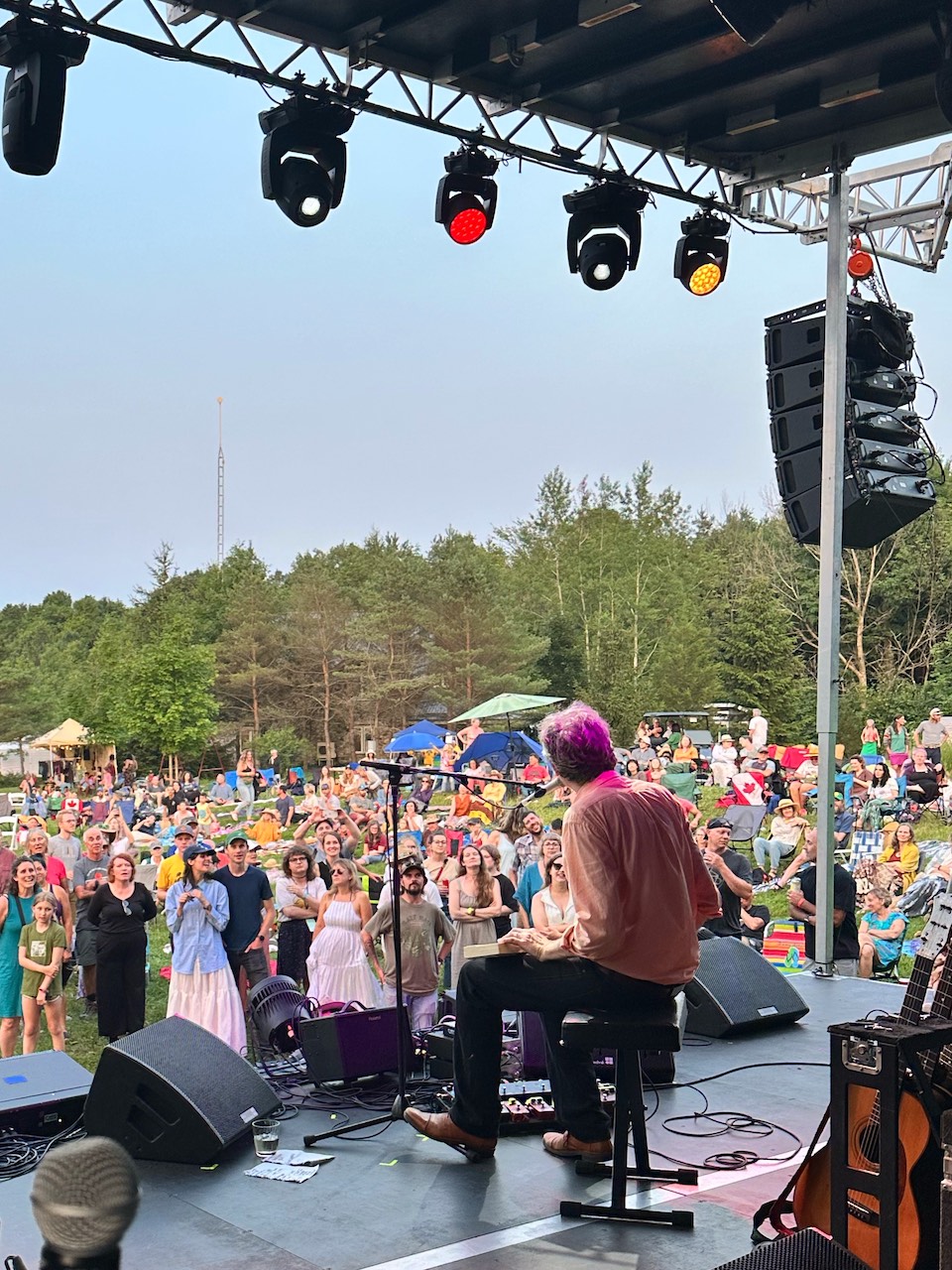
Cities like Owen Sound offer funded opportunities for artists to perform for great audiences. Free community events encourage people to come together to participate in live performance, and in Jen Wright’s words, the city of Owen Sound has amassed “a following of musical folks who love outdoor music and can’t wait for the season to start.” She adds that, like a domino effect “those individuals bring friends, family, and neighbours.”
Not only is the area dedicated to providing opportunities for up and coming artists to receive fair pay in a “a safe environment to share their talent,” but the intention behind these events has fostered a sense of engagement in local audiences. Fair pay, good treatment and an audience who gives their attention: this is a recipe for success.
When artists are treated well, their performances are a direct reflection of that. As Patti Kendal puts it, “our audiences appreciate the energy, passion, talent and work ethic required to be a musical artist.” In the right setting, when properly facilitated, these elements flow and the result is magic. As Jen Wright puts it, “I am always in awe of how the audience responds and how collaborations with artists happen.”
The Blue Mountain Village Association in The Blue Mountains is responsible for a year-round lineup of entertainment that contributes to the sustainability of local live music. While many of their shows rely on the notoriety of more established artists, they leverage that exposure to create a ton of opportunities for young, unestablished and unknown artists. These shows are able to continue thanks to community engagement, and their merit in the Blue Mountain Village is obvious.
Summerfolk Music Festival is in its 50th year, and has long been devoted to fair pay, set and setting and to creating opportunities for young artists. This is no small feat, considering in Jaret Koop’s words that “people seem willing to spend hundreds of dollars on artists they know, but not as willing to spend that on 30+ artists they haven’t heard of, along with the rest of the experience that you get with a festival.”
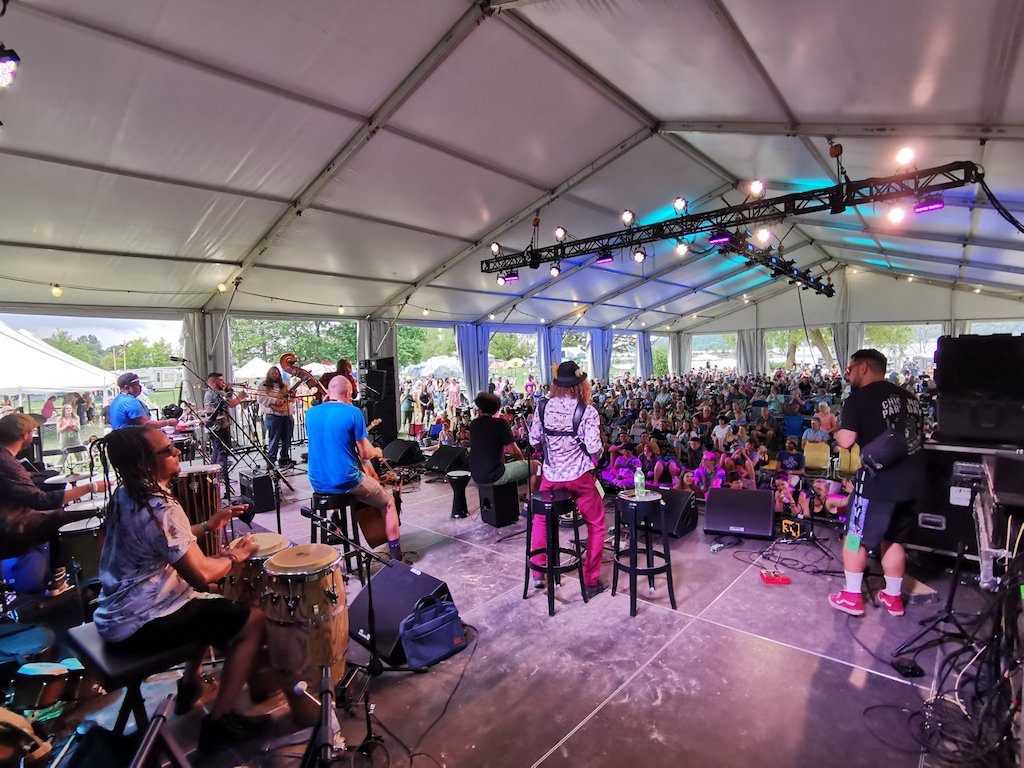
So why do these organizations push for the little guy? Because there is inherent value in supporting community art and music. Most of the folks who run venues, festivals, showcases or series are doing it because they understand that value, they have experienced it and they want to share it with the rest of the world.
It’s easy to speculate that cities and festivals receive regular government funding to make all of this so, but in reality, this funding is becoming sparse and, when available, is hard to lock down. As Greg Bottrellputs it, “it’s a lot of time to invest in finding the programs, applying, etc. with no guarantee that you might be successful” and when organizations aren’t successful, there is a lot of campaigning involved for the show to go on.
Owen Sound for instance, receives the majority of its funding locally, and “relies on sponsorships from local businesses” to run their music and art series’. This is a great example of what a city is capable of when people come together and place value on growth and art.
Summerfolk Music Festival has relied on government funding for years, but with changing tides, the festival has faced difficulties. Jaret Koop says, “in the current environment this [government] support is being pulled back and split out to many more organizations than previously.” Pair that with the fact that the cost of a festival like Summerfolk “from 2019 to 2023 has risen 40%” and you’ve got a potentially dire situation.
A festival like this, in its 50th year, with a cult following and an annual lineup of diverse talent, shouldn’t have to wonder whether it can open its doors again or not, but this is the current reality.
Talking about musicians and local concerts, Jaret says, “if you see a show you like, just buy a ticket. If you think a friend of yours would like to go, buy them a ticket and buy them early so that the club knows there’s going to be people at the show. That way they don’t have to worry about cancelling it.” While this approach may seem too simple to work, it really is the secret to keeping artists, venues and festivals alive. Just show up.
There are actions community members can take to support a festival like this. participating in a fundraiser, waiving a rental fee, volunteering, sponsoring, or just sharing information; we have options.
Patti Kendal from the Blue Mountain Village Association mentions the Municipal Accommodation Tax that some areas have chosen to implement, saying that, “in theory, a portion of this funding should support festivals, events and product development that attracts visitors, hopefully opening up more live music opportunities.” While I hope this is true, I believe that there is power within our communities to enrich entertainment sectors regardless.
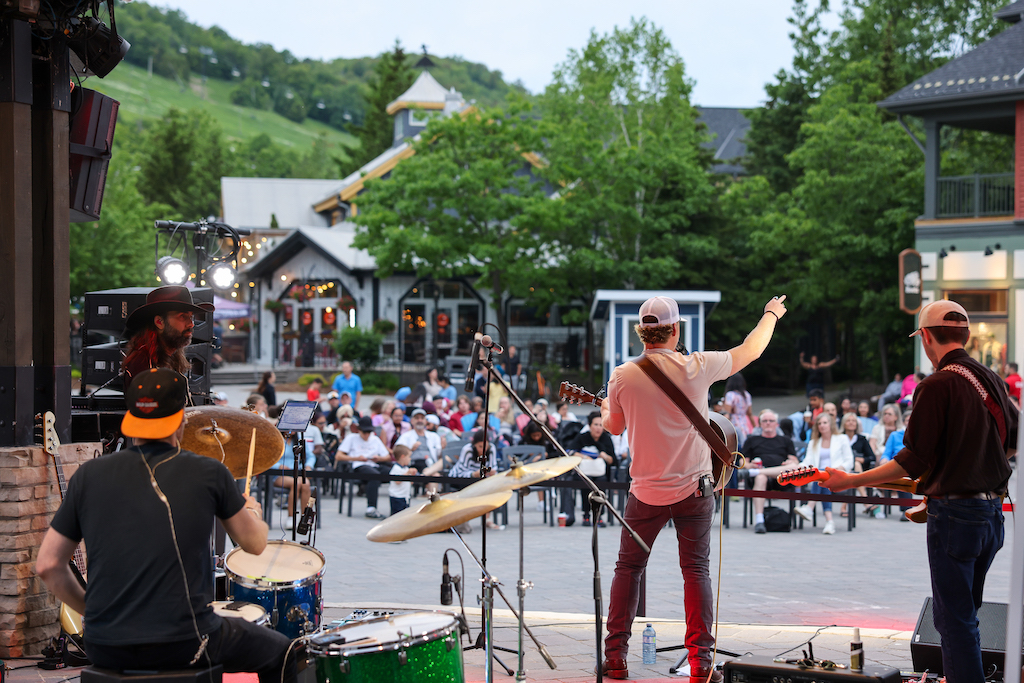
Take someone like Greg Bottrell from the Heartwood Hall in Owen Sound. Greg opened this venue as a means to bring touring acts to the area while providing a stage for local talent. The addition of Heartwood not only kickstarted what I consider the revitalization of a downtown, but it showed that there is power to create change from within.
The establishment of this venue made Owen Sound a viable touring destination for artists looking to play within the 150 capacity range, and created a wealth of opportunity for local artists to book regular successful shows. The model Greg uses places more onus on artists by giving them a greater potential for earning. He explains that rather than hiring bands for a flat fee, they work collaboratively to create a more engaged outcome.
He says, “the goal is to be able to make an event successful for all that have a financial stake in the show, and it has proven to be successful over the past decade, to a degree, through building and maintaining good artistic & development relationships.” He adds, “a “trust” that between artist & venue, the combined efforts will pay off”
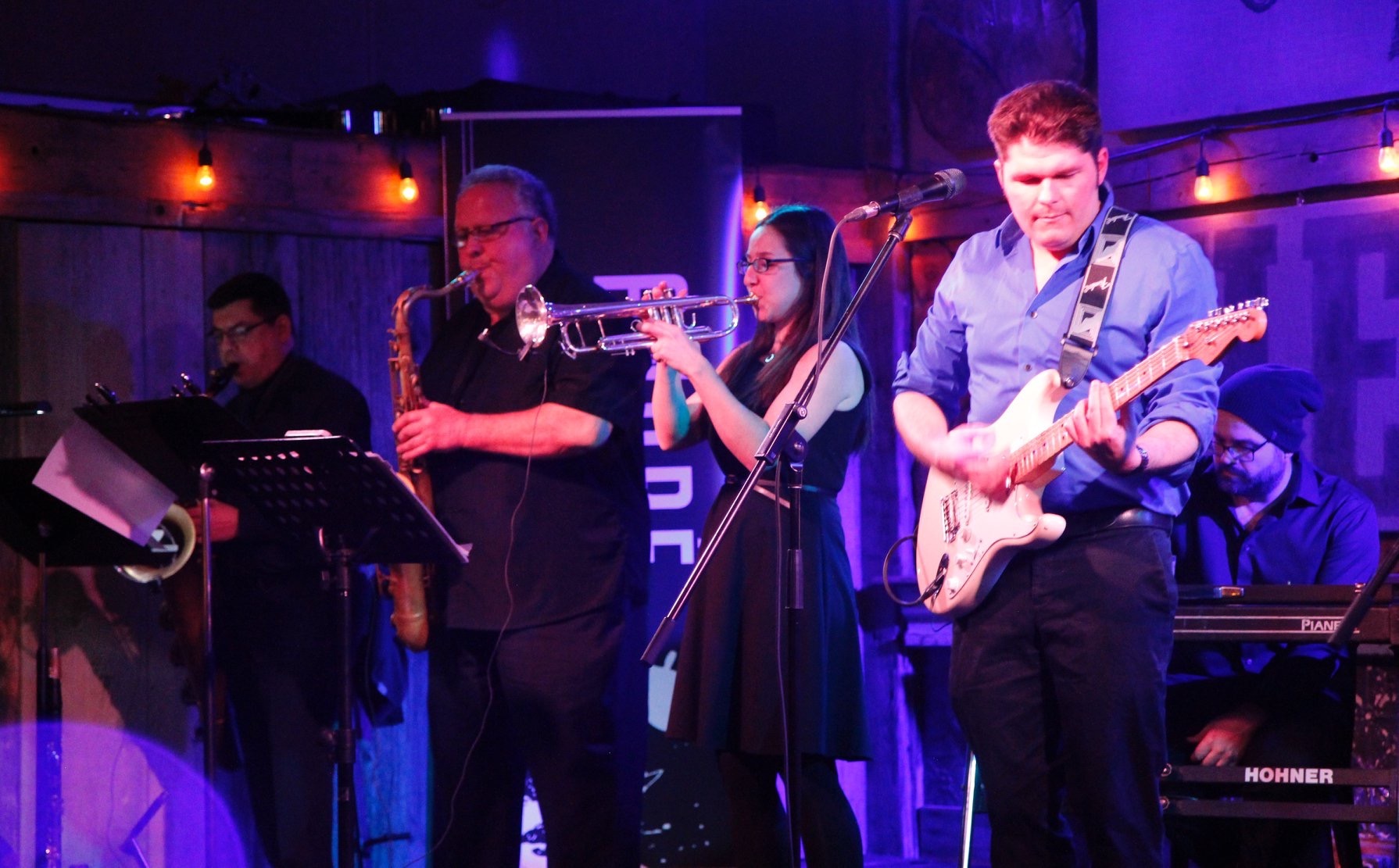
Not only does this model allow artists to come away from a show with substantial gains, but it plays an educational role in responsible artistic development. Greg notes that this format has “led to great events at Heartwood” and has encouraged “the artists to take into account both the performance and financial metrics.”
This transparency, the allotment of responsibility and the potential for success is more of an education than most will experience from years of gigging. Sure, there are models that could benefit the venue or the artist to a greater or lesser degree, but both need the other to function well, and Greg—a music and art lover himself—understands the importance of fostering this in artists.
The addition of a stage in Parkwood Restaurant has created another accessible opportunity for local artists. As Greg puts it, “this is a space for bands that might just be getting started, are not known, or are not yet able to get large audiences.” It provides programming flexibility in an intimate, reserved-seating environment; meaning more shows and less risk.
On a local level, what the Heartwood Hall and Parkwood Restaurant are doing helps create a sustainable and educational pathway for musicians to grow on. Offering this hands-on approach to gig planning is a valuable form of support in itself.
On community support, Greg says, “if you want a show to happen, buy your tickets in advance. [This] helps determine whether a show flies or dies.” In order for venues, shows and artists to succeed locally, the community needs to take a chance on artists. Think of how many concerts people travel to Toronto for; the gas, the hotels, the food, the parking, etc… when you factor all of that in, spending 30 to 40 bucks on a local act doesn’t seem bad, and that $30-$40 will go a lot further for the artist.
Similarly, our communities have the power to support concert series, events and artists by buying albums or merch, attending a concert, sponsoring a show, sharing information or imparting wisdom. At a time when the world feels divided, there’s a lot we can do to help locally.
Past the conversation of money, there is value in the connection we as humans experience when we’re present for a live music event, an art show, a film, a poet, a reading—there’s a reason art exists in the first place; to move us and to bring us closer.
Think of attending a show like a conversation. Imagine as you reach the crux of your tale, your conversation partner turns away from you to starts laughing at a joke from across the room. The likelihood that this conversation will further your bond or your human experience is quite low. Now, imagine instead that they gave you their full attention, they related to you, and you felt that spark of camaraderie and human connection. Unbeatable, right?
Each and every time you attend a live performance, this opportunity exists, and there is value in indulging it. Performance has the power to connect us all if we let it. This matters because after everything an artist has endured to make it to the stage, it’s the least we can do as an audience to listen to them for 30 minutes to an hour. Not only will we feel something in return, but we’ll become a part of the night itself—not as a performer, but as a contributor of energy making a reciprocal motion that says, “we’re in this together.”
Supporting art, either financially or emotionally is important if we want to live in a world where it exists. It’s a delicate industry, and your contribution or acknowledgement could be the difference between an artist continuing their career or choosing to stop.
I set out to write an article detailing the ways in which the local music scene has been neglected, why it might be failing, suffering, or indisposed, but what I found left me feeling more optimistic than I expected. Our local music scene continues to grow and to support artists—almost in rebellion of a world that makes it harder and harder to do so.
If these organizations promoting music, art and performance in our area—despite the difficulties they face each year—are an indication of anything, it’s that the garden grows where we water it. If you want to see yours grow; buy that ticket early, stand front row and actually listen, plan your camping weekend with friends to a local festival, tune in to the community radio station, give that artist providing sonic wallpaper at the roadhouse a chance, visit the monthly open mic, share an event, check out a genre you haven’t heard of before, sponsor a local series.
As Ariana Dalie and Craig Smith of Four Winds Music Fest say, “we need to support our live music venues, it’s essential for the current and future generations of musicians that there is support for those who facilitate live music.”
Imagine a silent roadtrip, your town without a single mural, a sporting event without a halftime show, a wedding without a dance…you get the idea. Live art is a crucial part of creating community, and in Jaret Koop’s words, “I want to always live in a community that is producing it.”
Music is a force that can make real change happen, or at the very least, make a tough year bearable. It’s been an integral part of this area’s genetic makeup for a long time, and will continue to be because of you. Whether you feel it or not, you have more power than you realize, and we have the ability to foster a thriving arts scene.
Let’s follow the lead of organizations like The Blue Mountain Village Association, Four Winds Music Festival, Summerfolk Music Festival, The City of Owen Sound and venue owners like Greg Bottrell from Heartwood Hall—without them things would be so different.
Written by Marshall Veroni
Feature photo by John Fearnall of Good Noise

